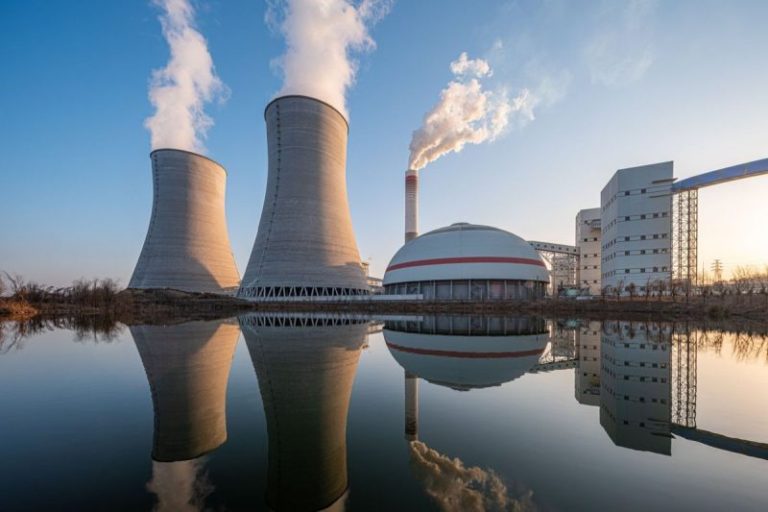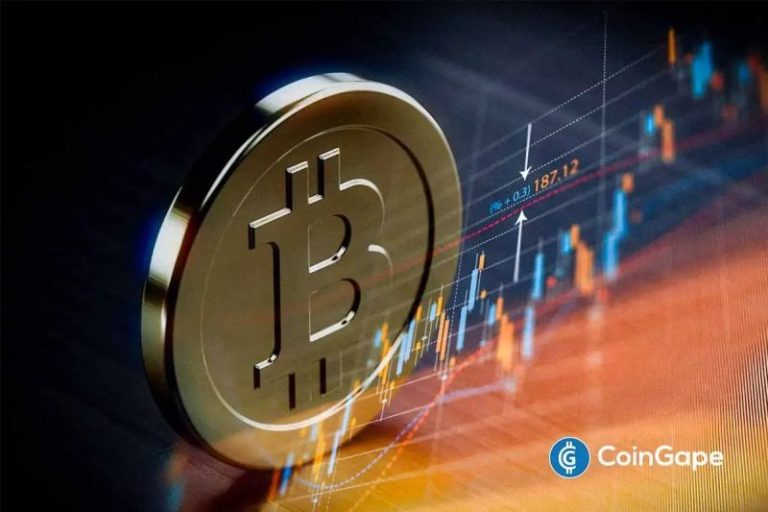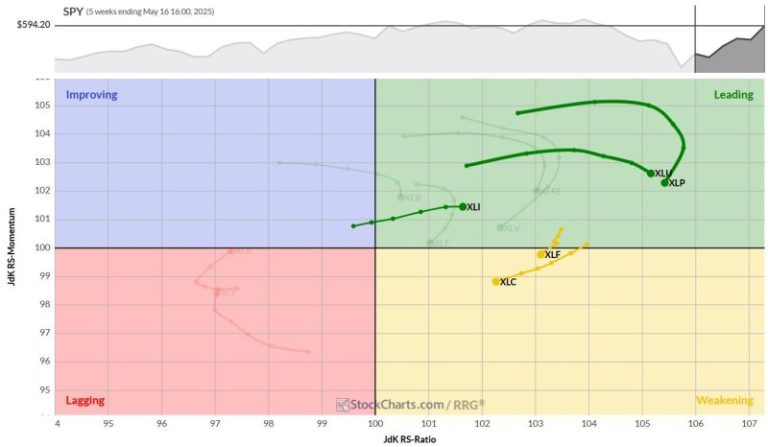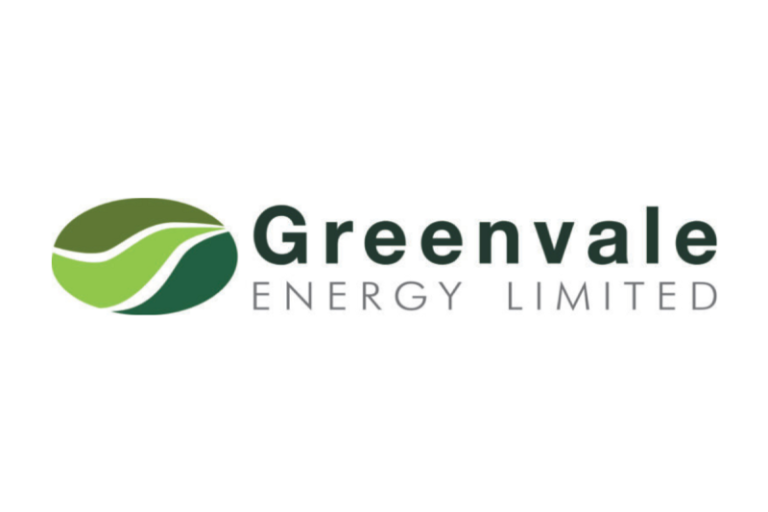Silver has lagged behind gold’s record run, causing the gold-silver ratio to stretch near historic extremes.
With the gold price buoyed by central bank buying and silver increasingly tied to industrial demand, the disconnect between the two traditional safe-haven metals has widened.
But could the silver price finally be poised for a breakout?
During a recent silver-focused webinar, Sprott (TSX:SII,NYSE:SII) founder Eric Sprott, former Hecla Mining (NYSE:HL) CEO Phil Baker and technical analyst Michael Oliver joined host Simon Catt of Arlington Group to unpack what’s driving silver’s sluggish performance, and whether a reversal could be on the horizon.
The panelists explored silver’s shifting applications, the impact of macro forces like Bitcoin speculation and why some investors see today’s dynamics as a potential launchpad for silver’s next big move.
Understanding silver supply and demand
The silver price surged in 2024, rising from around US$22 per ounce at the start of the year to nearly US$35 by the end of October. Since then, silver has largely stayed in the US$30 to US$32 range, briefly breaking US$34 mark in March.
The metal has seen some support in 2025 due to instability in global financial markets caused by US President Donald Trump’s tariffs and the threat of reciprocal import fees against key trading partners.
These foreign policy shifts by the world’s largest economy have created uncertainty for investors who have been increasingly looking to traditional safe havens like silver and gold to de-risk their portfolios.
However, today’s tariff turmoil overshadows a fundamental shift in the silver market over the past several years, which has seen industrial demand growth start to outpace traditional investment demand.
The most notable demand increase has been due to the energy transition and silver’s use in solar panels.
While firms like Goldman Sachs (NYSE:GS) have predicted that industrial demand will wane over the next few years, Catt’s panelists presented different points of view. Sprott said there will be further demand from the electric vehicle (EV) market as producers look to solid-state batteries, which are not only safer, but also quicker to charge.
“I think (solid-state batteries) will bring back EVs to being viewed as economic,’ he said. ‘Plus the whole processing of solar panels and generating electricity more and more inexpensively over time, it’s just going to make the demand for silver continue to rise here when we already have a shortfall,” he told listeners.
Baker pointed out that solar currently makes up 29 percent of silver’s total 1.2 billion ounces of annual demand, and noted that if that were to disappear, it would have a massive impact on the silver market. However, he also said that even if there were a significant policy shift in the US, there would still be considerable demand for solar worldwide.
“Even in the US, the policy really is ‘all of the above’ — all forms of energy. So I’m not concerned about solar cells diminishing. Could they go flat? Yeah, that’s fine. Flat at 300 million ounces? That’s great demand for silver,” he added.
While most solar demand comes from China, the panelists also discussed India’s growing role in the sector. The country has recently been working to increase domestic production of solar panels.
“(Prime Minister Narendra) Modi made a policy decision a year ago to grow the solar industry in India. So in India, only about 10 percent of their demand for silver is used for industrial purposes. In China, it’s 90 percent, and so what you’re going to have in India is you’re going to see their solar panel growth skyrocket,” Baker said.
Of course, demand isn’t the only factor influencing the silver industry.
Supply constraints have helped push the market into a structural deficit over the past several years.
Silver is primarily a by-product metal in the production of copper, nickel, zinc and gold, which makes it highly dependent on dynamics in those markets. As Baker pointed out, silver isn’t a significant source of revenue.
“So even if the price of silver rises significantly, they’re not going to change their operations because it’s not going to matter for a big copper producer,” he explained. Unless there are dramatic production swings for those commodities, supply and demand are unlikely to come into balance in the near term.
Silver price poised to break out?
Over the past year, silver has tested US$35 twice. Using technical analysis, Oliver compared this to how the silver price tested resistance at the US$26 level three times before breaking through.
What he’s seeing in momentum indicators now is similar to what happened at that time. In the lead up, momentum was flat, but once silver hit US$26, momentum saw an immediate 10 percent gain.
‘It came back up a third time to US$26, watch out. It blew your head off,’ he said. ‘Okay, you go back to US$35 again, and the price says, ‘You better watch out, I’m at a triple top, and if I go to US$36, it’s a triple-top breakout.”
“The only issue is now which week punches up there to that 10 percent over level. I think — who knows, it might even be tomorrow, but I think soon we’ll get up there,” Oliver said.
Silver price, May 15, 2022, to May 16, 2025.
Oliver went on to examine the gold-silver ratio, which he said could be suggesting a breakout is overdue. Traditionally, the ratio falls between 40 and 80 to 1, but it’s now closer to 100 to 1.
“I bet both of these metrics will pretty much coincide in terms of upturn, meaning not only a net price upturn in silver, but a relative performance upturn in silver versus gold, and I think that’ll shock people more than anything … especially if all of a sudden silver wakes up in a shocking, rapid way,’ Oliver noted.
‘That’s going to surprise most investors. I think it’s about to happen, the technicals are ripe.’
Silver market still facing manipulation
Addressing manipulation, Sprott suggested silver has been manipulated for the last half century.
‘I look at silver as a market that’s been manipulated for 50 years. We have about eight to 12 major international banks who are short over 500 million ounces of silver on the COMEX, have always been short that product,’ he said.
‘They always make stabs at knocking it down, trying to cover, but the shorts go back up.’
However, Sprott said as the price has gone from the US$20 range to closer to US$35 it has become more difficult for these banks to maintain their positions. “The same thing is true in gold, but in gold we all know that in the last year, when it broke through US$2,000 (per ounce) for the fourth time, it was over for the commercial banks,” he noted.
He went on to discuss how trading on the COMEX seems contrary to what is going on in other markets, saying that when international markets are open, gold and silver prices trade higher, but when the COMEX opens, they tend to fall.
“If you just traded COMEX and you bought silver at the starting value, it’d be worth about 2 or 3 percent of what it started at, whereas if you bought it in non-COMEX hours, it would be worth 600 percent more,’ Sprott said.
In his view, the suppression is ‘obvious.’ However, he predicts that the gold-silver ratio will correct in the near future, and the silver price will start to outperform gold.
What’s the outlook for the silver price?
For his part, Sprott sees the silver price going much higher.
“I’m sure we’re going to be through US$50. It used to trade at 15 to 1 to the price of gold. At today’s price of gold, that would be over US$200. I have no reason to think we’re not going there,” he said.
Oliver had a similar price prediction.
“I think the first surge could get you well above US$50. I think you’d get up in the US$60s and US$70s before you even pause, and I think it could occur rapidly,” he said. Oliver also explained that cryptocurrencies like Bitcoin aren’t an alternative and appear more like a speculative bubble. Given the size of the US debt, Treasuries aren’t as attractive to investors, which is causing further compression in monetary metals markets.
Although Baker didn’t provide a price prediction, he did express support for a market driven by supply and demand fundamentals, saying that “this is a very, very unique time.”
Securities Disclosure: I, Dean Belder, hold no direct investment interest in any company mentioned in this article.










